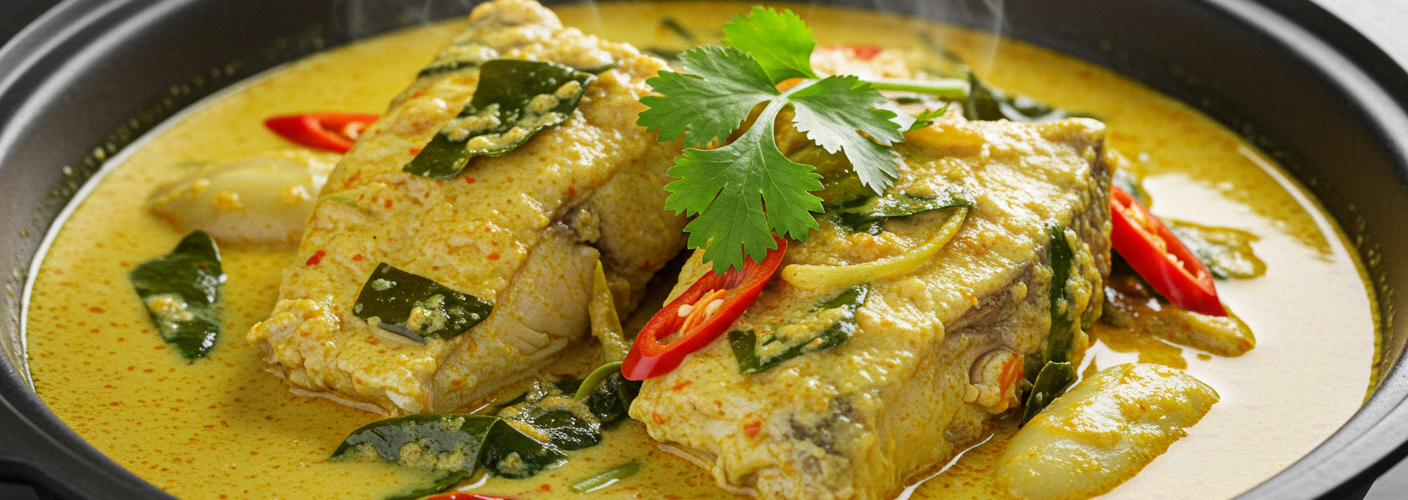When it comes to the rich and diverse world of Southeast Asian cuisine, few dishes encapsulate the unique flavors and traditions of Cambodia quite like Fish Amok. Known for its aromatic ingredients and vibrant presentation, this traditional fish curry is not only a feast for the taste buds but also a reflection of Cambodian culture and heritage. In this article, we’ll take a closer look at this beloved dish, exploring its ingredients and the reasons behind its popularity in both local and global culinary scenes.
At the heart of Fish Amok is the beautifully tender fish, typically local varieties like snakehead fish or catfish, which perfectly absorb the aromatic flavors of the accompanying ingredients. The base of this dish is its signature spice paste, or “kroeung,” made from a blend of fresh herbs, lemongrass, galangal, turmeric, and garlic. This fragrant mix imparts a distinctive taste that is both earthy and bright, capturing the essence of Cambodian flavor profiles.
One of the key ingredients that sets Fish Amok apart is the use of amok leaves, a type of leafy green synonymous with the dish and often compared to spinach. While these leaves may not be as readily accessible outside Cambodia, culinary enthusiasts can substitute with a mix of different greens if needed. The amok leaves lend a unique earthy flavor and vibrant green color to the curry, visually elevating the dish and enhancing its nutritional profile.
The addition of coconut milk is what gives Fish Amok its rich, creamy consistency, making each bite indulgently smooth. Coconut milk is a staple in many Southeast Asian dishes and serves to balance the spices while adding a hint of sweetness. When combined with the freshly blended spice paste and the fish, it creates a harmonious blend that envelops the taste buds in a warm embrace.
Chili is another crucial component of Fish Amok, adding just the right amount of heat to elevate the dish without overwhelming the palate. The spice level can be adjusted to personal preference, making it easy for both spicy food lovers and those with a milder disposition to enjoy.
Fish Amok is typically served in a traditional clay pot or banana leaf cup, which not only enhances its rustic appeal but also allows the dish to be steamed, preserving the flavors. As it cooks, the tantalizing aroma fills the kitchen, drawing attention and anticipation from everyone nearby.
This delectable dish is often served with steamed rice, complementing the rich curry and providing a satisfying meal that is both comforting and nutritious. In Cambodia, it is common to enjoy Fish Amok at festive gatherings, celebrations, and special occasions, symbolizing social connection and cultural pride.
In recent years, Fish Amok has gained international recognition and is often featured in Cambodian restaurants around the globe, introducing more people to the stunning flavors of Cambodian cuisine. As interest in global food cultures continues to grow, dishes like Fish Amok showcase the beauty of culinary diversity and the importance of celebrating traditional recipes.
For those looking to expand their culinary horizons, trying your hand at recreating Fish Amok at home can be a rewarding adventure. With its unique blend of herbs, spices, and comforting flavors, this classic Cambodian dish is sure to impress and satisfy anyone eager to explore new tastes. Whether you’re an experienced chef or a novice in the kitchen, Fish Amok is an incredible dish that invites you to experience the heart and soul of Cambodia through its flavors.




Add comment